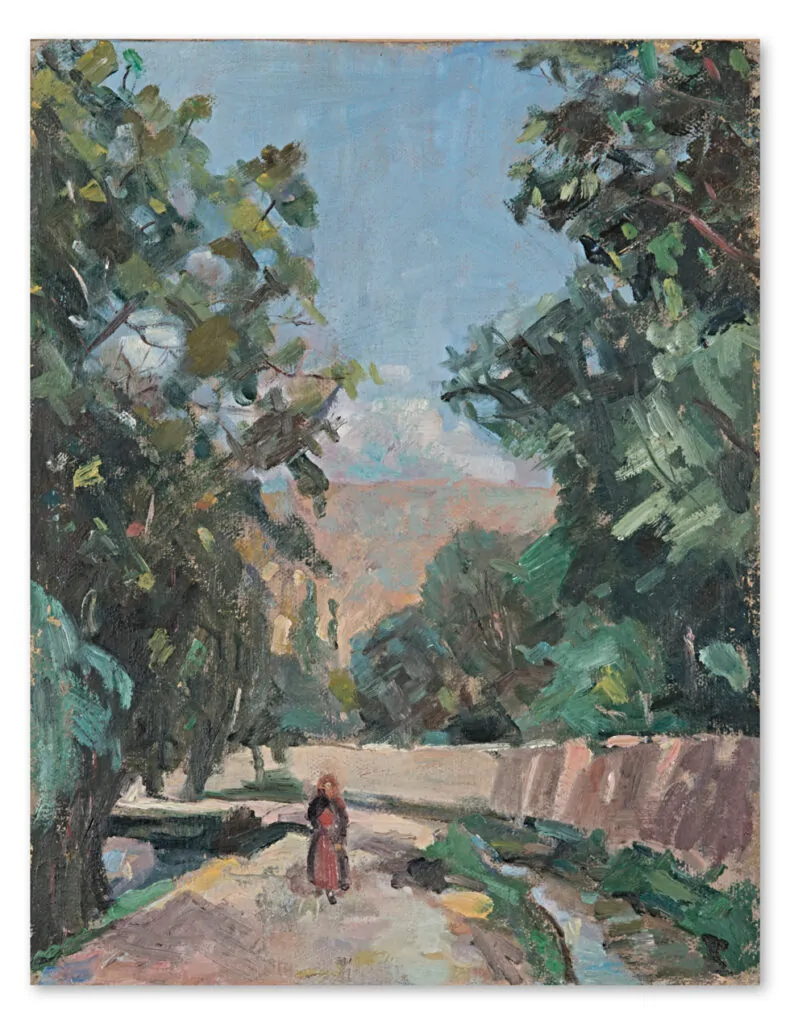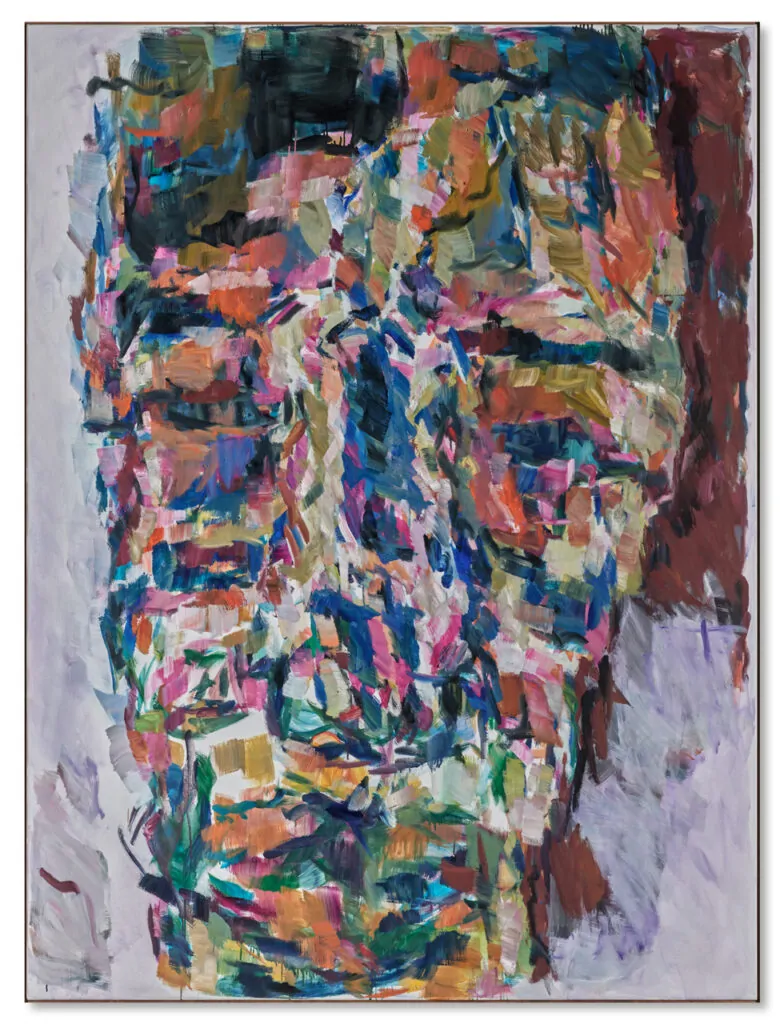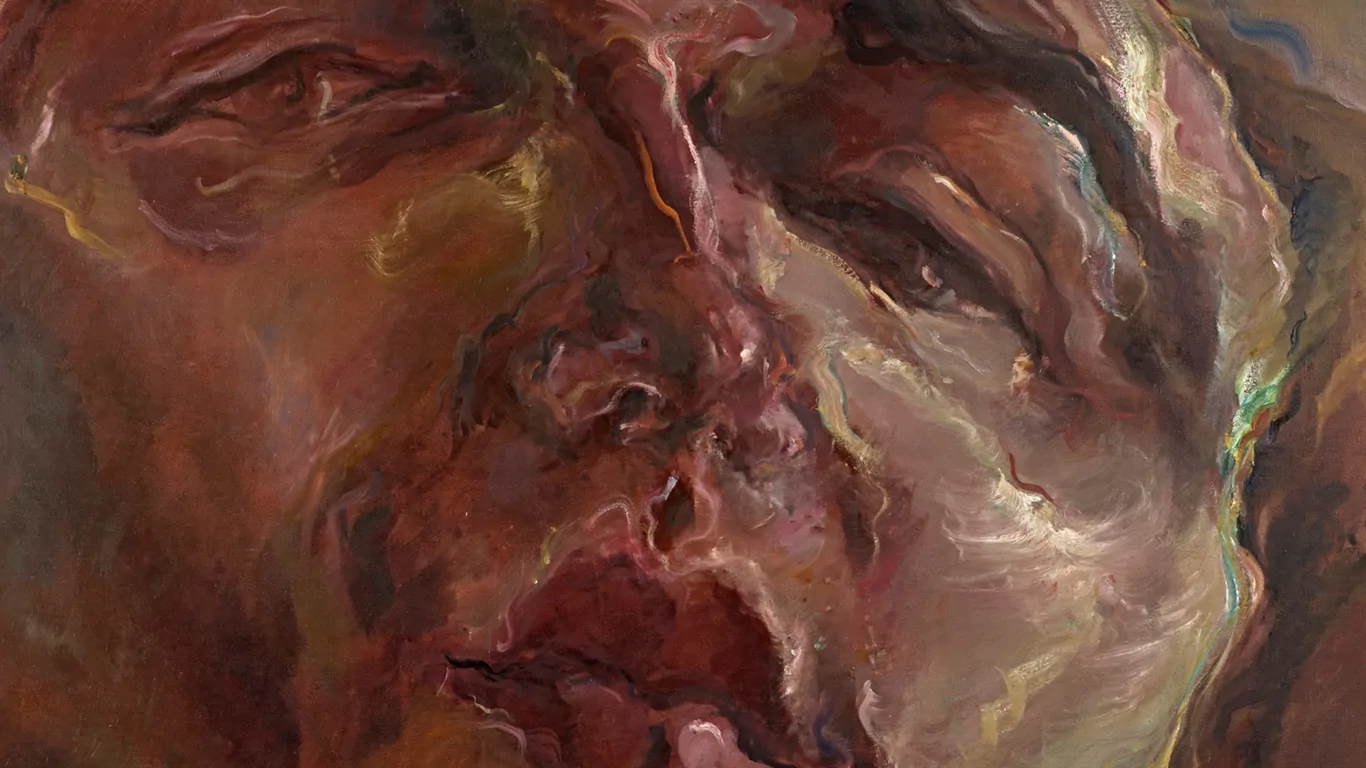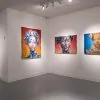Marwan: A Soul in Exile
16th July, 2025 – 22nd August, 2025
Christie’s London
8 King St, St. James’s
London, SW1Y 6QT
Christie’s London to Spotlight Marwan in Third Summer Exhibition Celebrating Influential Arab Artists
Christie’s fine art and luxury auction announces highlights from its forthcoming non-selling exhibition, Marwan: A Soul in Exile, taking place at Christie’s headquarters in London, 16 July- 22 August 2025. This will be the third exhibition in the Summer series at Christie’s King Street, preceded by Modern and Contemporary Art of the Arab -world in 2023 and Ahmed Mater: Chronicles in 2024, bringing attention to important works and influential artists from the Arab world.

Landschaft bei Damaskus (Landscape near Damascus)
Painted in 1953
Image courtesy of Kai-Annett Becker/Berlinische Galerie – Museum of Modern Art, Photography and Architecture
© Estate Marwan
Curated by Dr Ridha Moumni, Chairman, Christie’s Middle East & Africa, Marwan: A Soul in Exile pays tribute to Marwan (1934-2016), one of the most critically acclaimed and influential artists of his generation. This retrospective exhibition brings together an exceptional group of over 150 works on loan from prestigious museums, institutions, and private collections in Europe and the Middle East.
The exhibition traces Marwan’s extensive career, from his artistic beginnings in Syria to his prolific output in Germany, his adopted homeland, where he spent six decades of his life. Showcasing paintings, works on paper, and editions from 1953 until 2014, this exhibition offers the audience a rare opportunity to engage with Marwan’s unique and inspiring oeuvre through remarkable works that have not been presented together previously.
Marwan: A Soul in Exile will journey through Marwan’s artistic evolution, starting in Damascus, where he studied Arabic Literature and painted one of the earliest works featured in the exhibition, Landschaft bei Damaskus (Landscape near Damascus) (1953), on loan from Berlinische Galerie-Museum of Modern Art, Photography and Architecture, Berlin. In 1957, Marwan moved to Berlin and attended the Hochschule fur Bildende Kiinste, graduating in 1963 from their Department of Painting.
Initially abstract, his paintings from the 1960s will increasingly focus on the human figure. At times androgynous and erotic, the depicted characters explore the body as an outer self. The figures possess an unsettling amorphous quality, with shapes that distort perspective and limbs dissolving into the background, as exemplified by Untitled(1969) on loan from the Sharjah Art Foundation, Sharjah.
Whilst swiftly integrating into post-war German society and joining a circle of German expressionist painters that included Georg Baselitz and Eugen Schonebeck, Marwan retained his Syrian identity and engaged with social and political issues of the Middle East through his art. The Disappeared (1970), on loan from the Barjeel Art Foundation, Sharjah, stands as a poignant homage to the lives erased amid political turmoil and conflict. Through the covered face – a recurring symbol in Marwan’s oeuvre – the artist expresses the lingering grief and unresolved questions that haunt the memories of those who vanished.
From the early 1970s, Marwan’s focus shifted exclusively to the human face. Drawing on his experiences as an outsider navigating life in a foreign European country and his quest for the self, he explored the human visage as a landscape upon which to excavate and express the complexities of the soul.

Kopf(Head)
Painted in 2008
Image courtesy of iSelf Collection, London
© Estate Marwan
By blurring the boundaries benveen abstraction and figuration and employing expressive brushwork alongside richly layered surfaces, Marwan embraced larger canvases, producing compositions that are intimate yet subtly distorted, imbued with profound psychological intensity. Kopf (1974), on loan from Berlinische Galerie-Museum of Modern Art, Photography and Architecture, Berlin, exemplifies this transformative period in his career.
German institutions such as the Berlinische Galerie were among the earliest supporters and collectors of Manvan’s work. In 1976, the Gro8e Orangerie Schloss Charlottenburgin Berlin held Manvan’s first retrospective; several key works from this seminal exhibition will be reunited and displayed in Marwan: A Soul in Exile. Benveen 1978 and 1983, Marwan embarked on a renewed investigation of the human figure through his Marionette series. Inanimate and passive yet deeply emotive, these puppets embody a striking duality and question complex power dynamics.
With their performative, theatrical quality, works such as Marionette (1983), on loan from the Dalloul Art Foundation, Beirut, invite viewers to contemplate themes of identity, agency, and vulnerability, and showcase Manvan’s ability to fuse figuration with deep existential and psychological inquiry.
Although Marwan held solo exhibitions at the Arab Cultural Centre in Damascus in 1970 and the Baghdad Museum of Modern Art in 1980, it was not until he participated in the inaugural group exhibition at the Institut du Monde Arabe in Paris in 1988, followed by solo shows in Paris in 1993, that he began to establish a significant presence in the Arab world.
A series of exhibitions in Damascus, Beirut, and Cairo from 1994 onwards further solidified his reputation. His legacy in the Middle East was cemented between 1999 and 2003, when, as a founder and director of the Summer Academy at Darat al Funun in Amman-an art space and residency for Arab artists Manvan profoundly influenced a new generation of young artists from the region. The Friend (2002), a masterpiece from this period, is on loan from The Khalid Shoman Collection, Amman, facilitated by Darat al Funun – where Marwan’s legacy continues to resonate.
Marwan’s latest works revealed a continued study of the face, through increasingly fluid and intuitive brushstrokes and a more vibrant colour palette. By reducing the layering of the surface, Manvan allowed the face to float against the background of the canvas, distilling its emotional essence. Head (2008), on loan from the iSelf Collection, London, is a powerful example from this period. The work embodies Marwan’s enduring commitment to exploring identity through a hauntingly poetic visual language.
Marwan: A Soul in Exile opens on the 16th of July, 2025 until the 22nd of August, 2025 at Christie’s London
©2025 Christie’s





